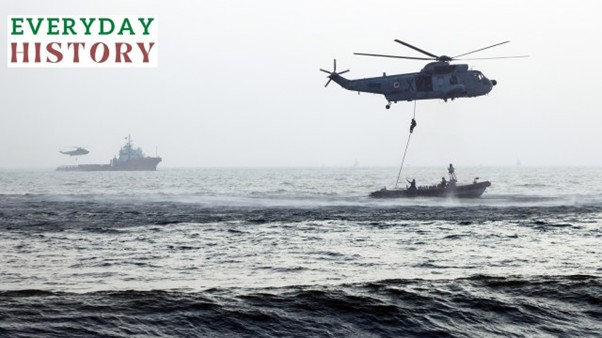



Carnatic music, a form of Indian classical music rooted in improvisation and oral tradition, faces challenges in adapting to modern copyright laws. While most compositions are in the public domain, unique improvisations lack legal protection. Efforts are underway to balance intellectual property rights with the cultural essence of Carnatic music.

Disclaimer: Copyright infringement not intended.
During the recent Margazhi season or music season in Chennai, rasikas (connoisseurs) hopped from concert to concert.
Carnatic music, an ancient and worshiped form of Indian classical music has long existed outside the strict boundaries of copyright. This exclusion is caused by both historical factors and the unique nature of Carnatic Music which emphasizes improvisation and oral tradition.
However, as Margazhi's recent music season in Chennai has proved, copyright concerns are increasingly important. The current legal framework does not bother the artist and raises urgent questions about whether the law should evolve to reflect the reality of Indian classical music.
Key Element |
Description |
Role in Carnatic Music |
|
Raga |
A melodic structure is made up of a set of notes (swara) arranged in a specific sequence. |
Evokes particular moods or emotions, providing the emotional foundation of the music. |
|
Tala |
The rhythmic element that defines the time cycle and the number of beats in a musical piece. |
Contributes to the structure and timing of the music, giving rhythm and flow. |
|
Swara |
The individual notes that form the foundation of the music. |
Creates melodic and rhythmic patterns that form the basis of Carnatic compositions. |
Instrument |
Description |
|
Veena |
A plucked string instrument known for its rich, resonant sound. |
|
Mridangam |
A two-sided drum that is central to rhythm in Carnatic music. |
|
Flute (Bansuri) |
Provides a melodic, airy quality. |
|
Violin |
Adapted to Carnatic music, providing harmonic and melodic support. |
Composer |
Notable Contributions |
|
Tyagaraja |
Known for his devotional compositions primarily in Telugu centered around Lord Rama. |
|
Muthuswami Dikshitar |
Famous for his sophisticated works incorporating Sanskrit and Tamil lyrics, adding depth to spiritual expressions. |
|
Shyama Shastri |
Recognized for his emotional compositions, often expressing deep devotion and intricate musical structures. |
Aspect |
Description |
|
Case Reference |
Indian Performing Right Society Ltd. v. Eastern Indian Motion Pictures Association (1977) |
|
Legal Question |
Whether music includes the soulful tune and rendering. |
|
Legislative Oversight |
The Indian Copyright Act, 1914 did not account for the specifics of Indian music. |
|
Impact of the 1957 Legislation |
The 1957 Copyright Act continued the colonial perspective failing to address Indian music forms in a comprehensive way. |
|
Global Perspective |
Globally copyright law views music primarily as a melody influenced by Western classical understanding. |
Aspect |
Proposed Action |
|
Recognition of Improvisation as IP |
Laws should grant limited rights to musicians for their unique contributions in improvisations and original variations during performances. |
|
Stronger Rights of Artists |
Existing laws on artists should be enforced allowing musicians to control and monetize concert recordings. |
|
Unauthorized Recording on Streaming Platforms |
Unauthorized recording on streaming platforms should face stricter sanctions to protect artist rights. |
|
Fair Distribution of License Fees |
Streaming services and concert sites should be required to compensate artists fairly for their work. |
|
Strengthening Flow of License Fees |
Digital platforms should ensure that license fees are distributed fairly to musicians, ensuring that they benefit from their work. |
To deal with developing challenges, various cultural institutions and legal authorities work to create a framework that supports the rights of artists and maintains classical traditions.
It seeks to modernize the laws on copyright and at the same time respect the cultural ethos of Carnatian music. The tension between copyright and the tradition of carnatics will continue to develop. It is necessary to achieve a balance that allows the protection of intellectual property and at the same time protects the free collective spirit of this timeless art form.
Source:
|
PRACTICE QUESTION Q. Discuss the evolution and cultural significance of Carnatic music in India. How has it contributed to the preservation and promotion of classical music traditions in the southern states? (150 words) |


© 2025 iasgyan. All right reserved